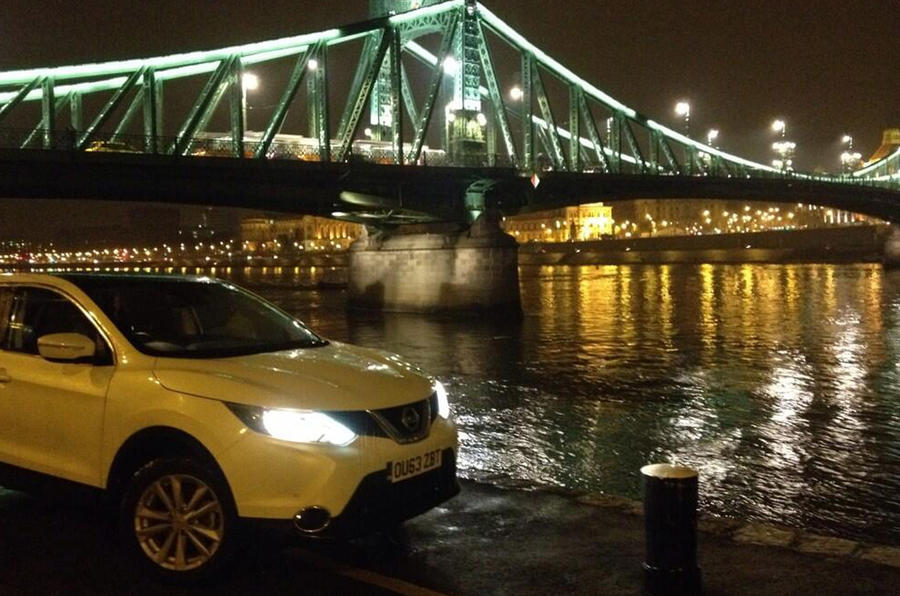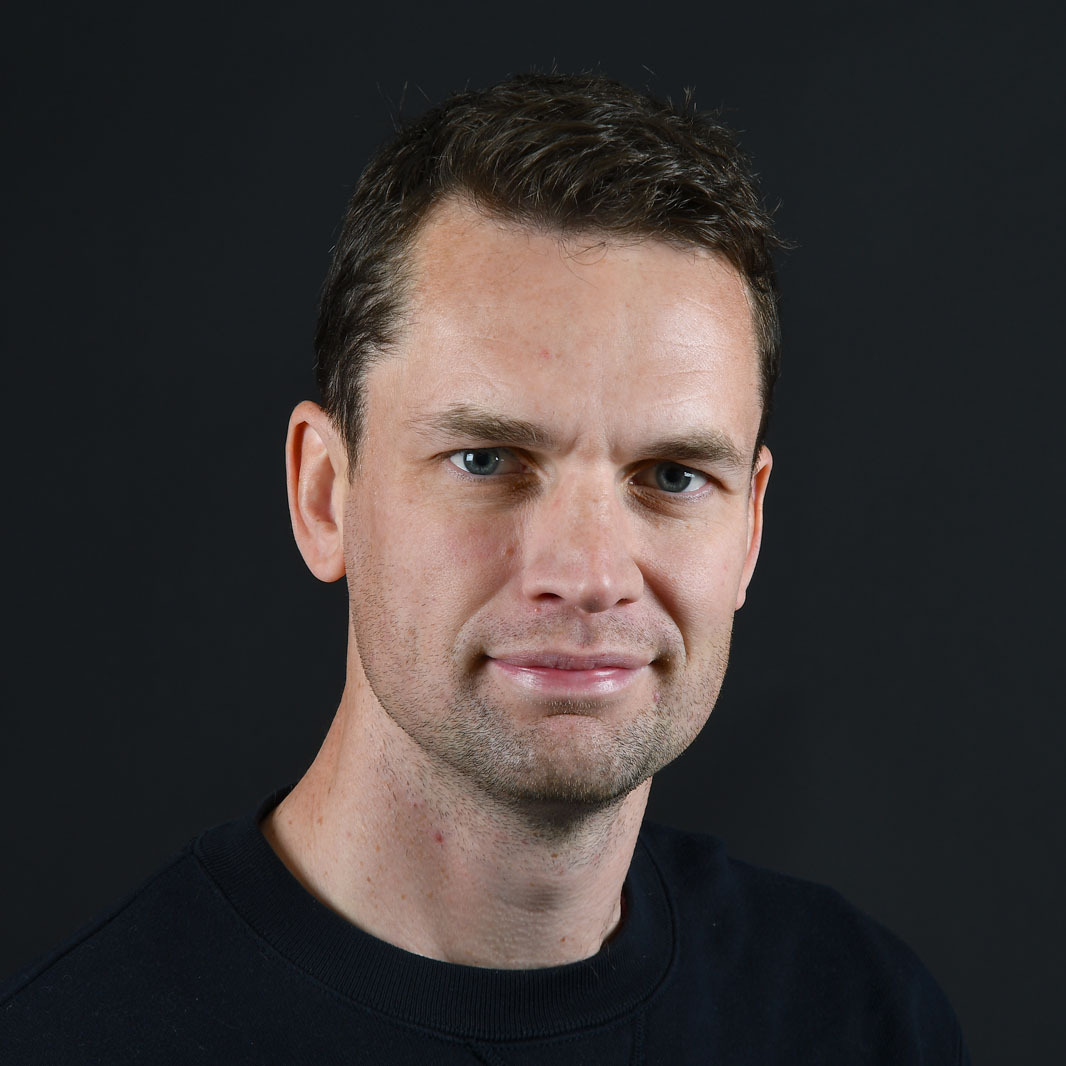Banja Luka, Bosnia-Herzogivna’s second largest city, might sound exotic, but it could be any other city in Europe. Apart from one key difference – a lack of cars.
We arrived late Thursday night in the pouring rain so it was predictably empty, but when the sun rose and rain cleared on Friday morning a rush hour that was a rush everywhere but on the roads was revealed.
The roads themselves are very wide and lack the kind of clear markings Western European drivers might be used to. It’s a bit of a free for all but it seems to work.
Heading north out of Banja Luka, we experienced our first dual carriageway since Croatia – there’s a toll at the end of it but it’s unmanned, and like the fuel stations around it, it’s in a state of disrepair. Disrepair is also the condition of the Banja Luka Autodrome, our next discovery. Sadly, it’s gated shut, so there was no chance of a quick blast around the circuit.
Bosnia’s long, sweeping roads through towns and villages in the north east in the country reveal a rather disproportionate amount of salvage yards for wrecked cars. Perhaps that’s not a surprise given the amount of roadside graves and general age of condition of the average Bosnian car, but still, the roads just don’t seem busy enough to have chewed up and spat out so many motors.
It’s through these areas where our Qashqai felt conspicuous. Spotting a modern Audi A4 or Mercedes E-class is a noteworthy event here, so the way the locals pointed at our white, UK-registered Nissan Qashqai shouldn’t have been a surprise.
More scars of the Bosnia war were revealed as we approached the area near where the borders of Bosnia, Croatia and Serbia clash. The town of Derventa marked another change in landscape, where the buildings were still riddled with bullet holes, and whole villages north were destroyed.
We spotted bullet-holed buildings right the way to the Bosnia-Croatia border town of Slavonski Brod, where an hour-long queue was waiting for us. It suddenly vanished and everyone was waved out of Bosnia and into Croatia (not before a Croatian customs official took a keen interest into why we had two spare wheels on the back seats of the Nissan).
A return to Croatia meant a return to EU-funded motorways. We ended up on one heading north in the far north east of the country heading to nowhere in particular, where for 25 miles we didn’t see a single other car in the distance, or have one pass us.











Add your comment